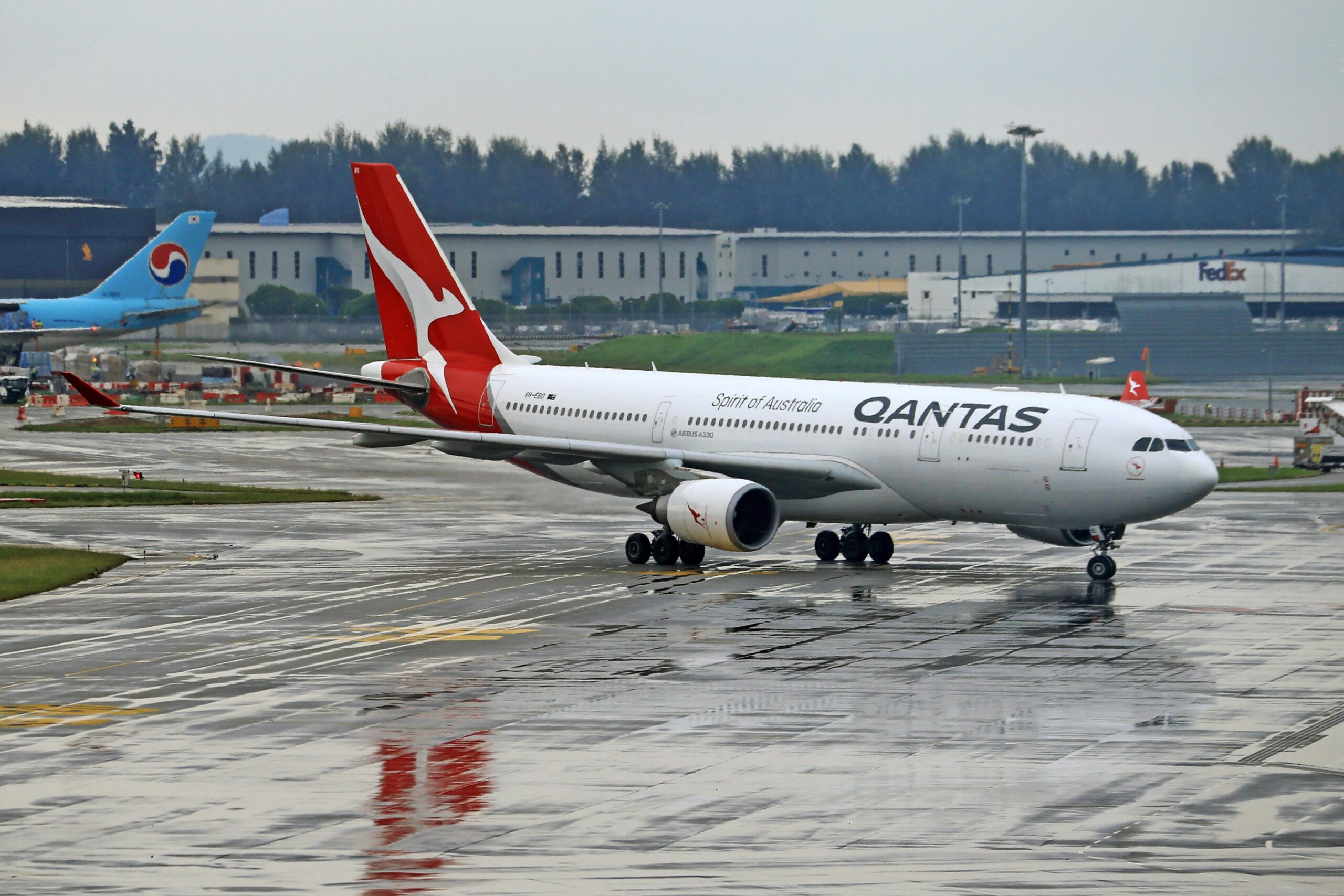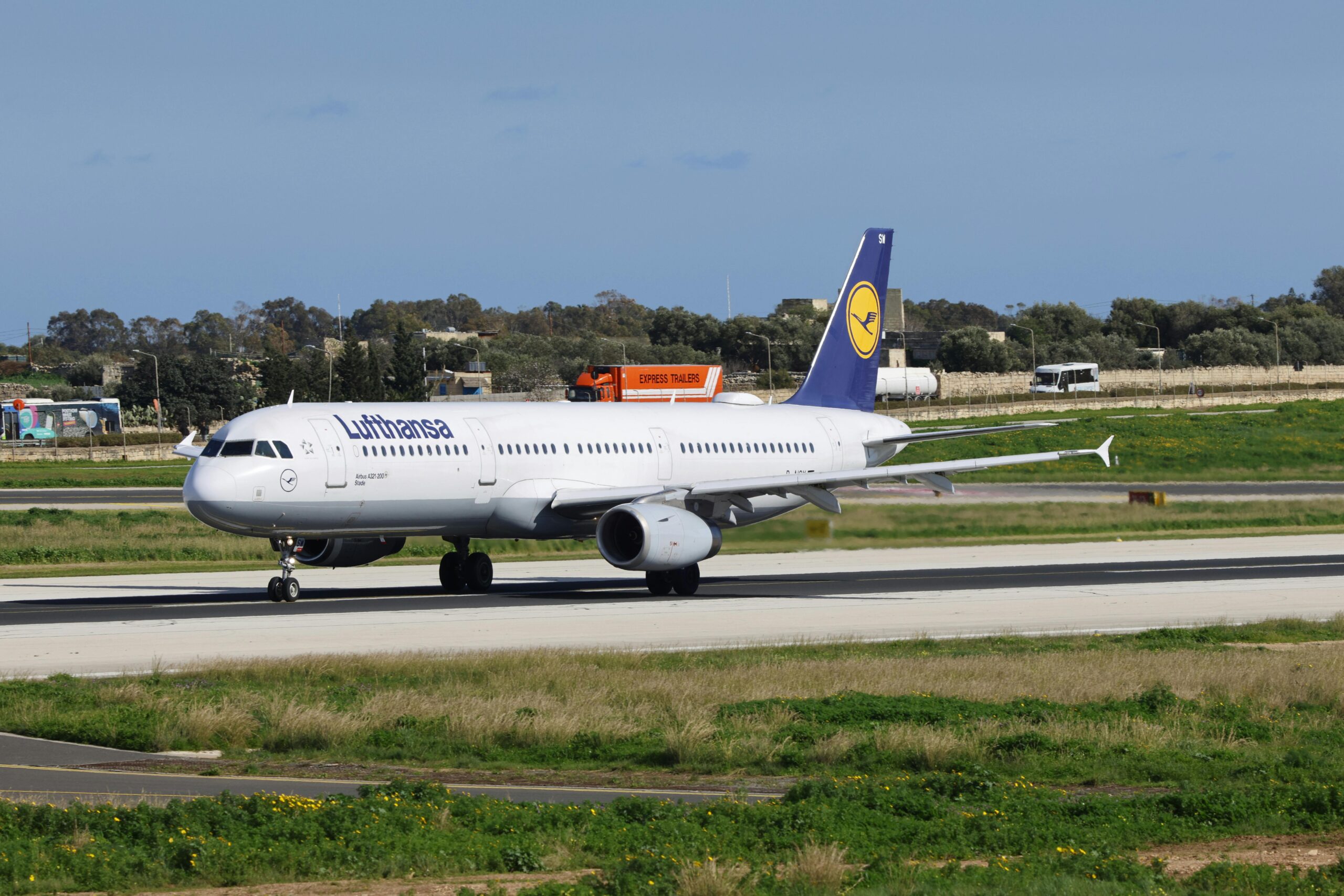There’s nothing more thrilling than boarding a sleek train abroad and watching foreign landscapes unfold—especially when you don’t speak the local language. Still, navigating platforms, ticket machines, and station signs can be nerve-wracking. Fortunately, with a few key strategies, train travel abroad becomes manageable and genuinely enjoyable. Let’s explore how you can ride confidently through new terrain—even if announcements and signs are in another language.
1. Learn Key Train Travel Abroad Phrases Before You Go
Preparation is your secret weapon. Before your trip, spend just 10 minutes learning essential phrases such as “Where is platform?” and “Is this train going to [destination]?” In Germany, you might practice asking “Ist dies der Zug nach München?” In Japan, memorize the phrase “この電車は東京に行きますか?” (“Does this train go to Tokyo?”). Moreover, tools like Duolingo help you get a feel for pronunciation, while Google Translate’s offline mode is a lifesaver when your data runs out . With these basics, you’ll feel more at ease asking station staff or checking signs.
2. Use Local Rail Apps & Multilingual Timetables
Next, download the rail app for the country you’re visiting. In France, the SNCF app provides real-time platform info, delays, and seat options in English . Likewise, Italy’s Trenitalia app and Japan’s JR East app display route maps and train statuses bilingually. Even if station signs are in a script you don’t recognize, the app helps you match departure times, route names and platforms accurately. It also alerts you to disruptions or track changes—critical when you’re not fluent.
3. Embrace QR Codes and Contactless Tickets
Instead of paper tickets, opt for QR-coded e-tickets. These are becoming the standard in Spain, Germany, Japan, and beyond . When it’s time to board, simply scan your phone at the electronic gates or hand it to the conductor. This removes any need to pronounce destinations or guess which paper ticket to buy. Plus, in the heat of peak train travel abroad season, scanning your way aboard saves you time and stress.

4. Pay Attention to Platform Announcements
Even if announcements come in the local language, you’ll usually hear station names and cues clearly. For example, in Germany, the phrase “Zug fährt ein” signals an approaching train, and in Japan, “発車します” (hassha shimasu) signals departure. Try noting these verbal signals when arriving at the station, then watch reference boards to confirm platform numbers. Don’t hesitate to say the station name slowly and clearly to staff—they’ll usually point or say “Ja” or nod to guide you.
5. Recognize the Importance of Seat Reservations
While budget or regional trains often allow walk-on travel, intercity and high-speed trains usually require reservations. For instance, all TGV trains in France, ICE in Germany, and Shinkansen in Japan often need you to reserve a seat in advance. European rail booking platforms like RailEurope or Omio simplify this by offering English layouts with price, seat map, and route details . Don’t risk standing for hours—reserve early, especially during holidays.
6. Know the Local Rail Pass Rules
If you’re using a rail pass—like Eurail or Japan Rail Pass—understand its validation process. For Eurail, remember to activate your pass at a station before your first journey, else ticket inspectors will charge you fines . In Japan, JR Pass users queue at staffed gates—show your pass and passport to gain entry. Understanding local rules saves you money and ensures hassle-free validation across borders.

7. Overcome the Language Barrier with Visuals
Visual aids are often worth more than phrases. Before you board, save photos of your intended route, booking confirmation, and hotel info on your phone. In Venice, one traveler showed a station name in Italian on their map screenshot and got pointed to a water taxi dock instead of a train platform. Visual context avoids complete miscommunication—and often draws a helpful point or smile from locals.
8. Be Prepared for Delays, Strikes & Unplanned Adventures
In some countries—France and Italy often come to mind—rail strikes and delays are somewhat routine. Rather than panic, consider it part of the adventure: you might enjoy an unexpected café stop or scenic walk. Keep snacks, water, and a book handy. Use rail apps to monitor changes, and don’t hesitate to ask fellow travelers for advice or camaraderie. Sometimes, delays lead to unexpected memories and new friendships.
We’ve shared stories, apps, and key phrases—but now we want to hear from you. Have you navigated train travel abroad in countries where you didn’t speak the language? How did you cope with ticket machines or missed announcements? Let us know in the comments below—your experiences can help others feel braver on their next ticket-buying mission.
If this guide gave you confidence to ride foreign rails, follow us on social media where we share travel logic, language hacks, and inspiring route ideas weekly.
Catch up on the top stories and travel deals by subscribing to our newsletter!












Leave a Reply